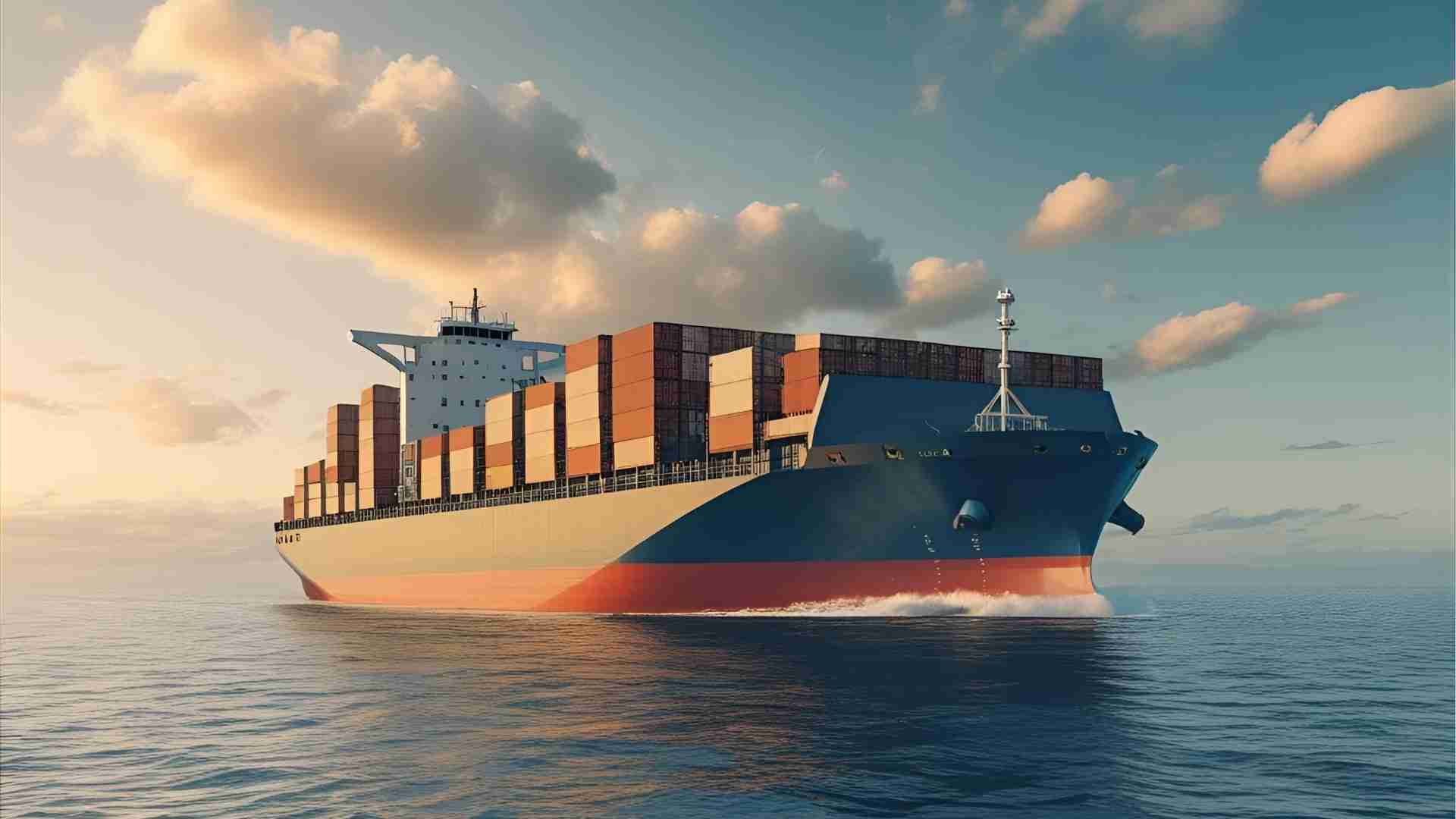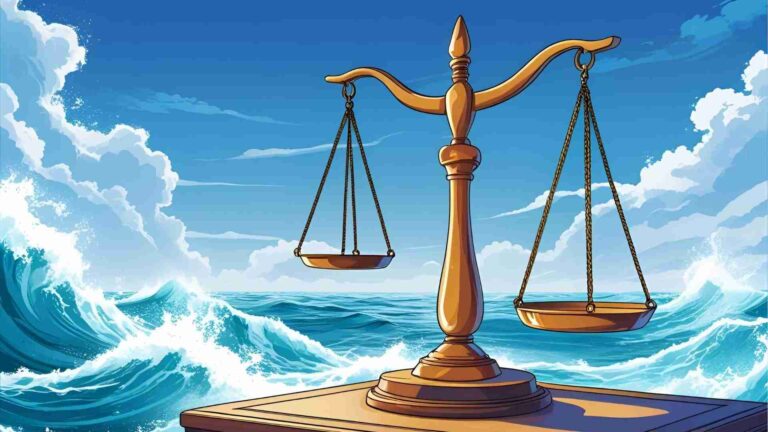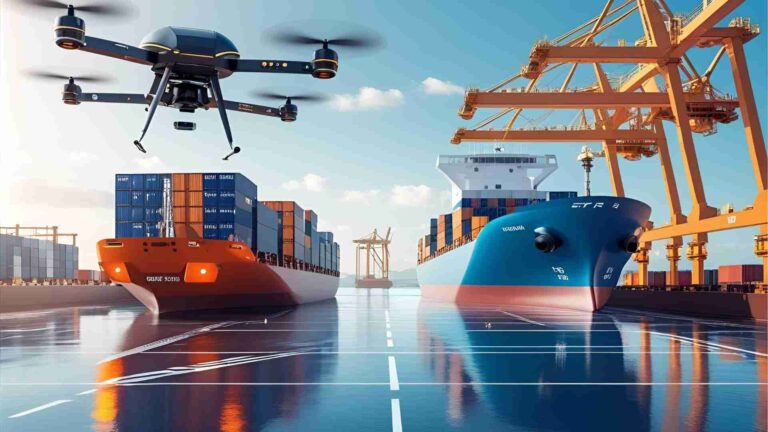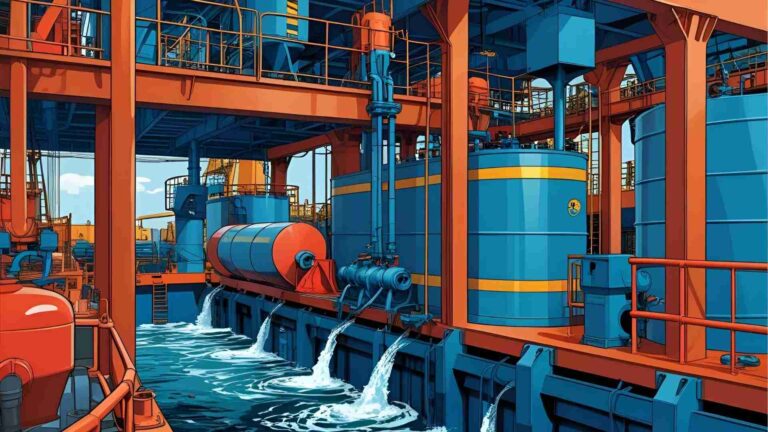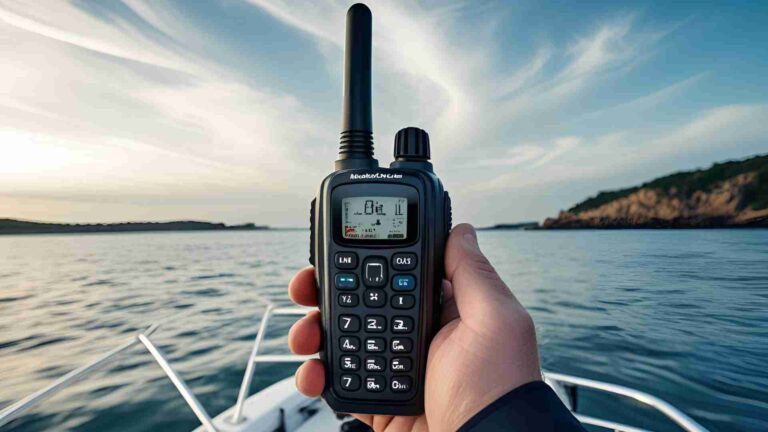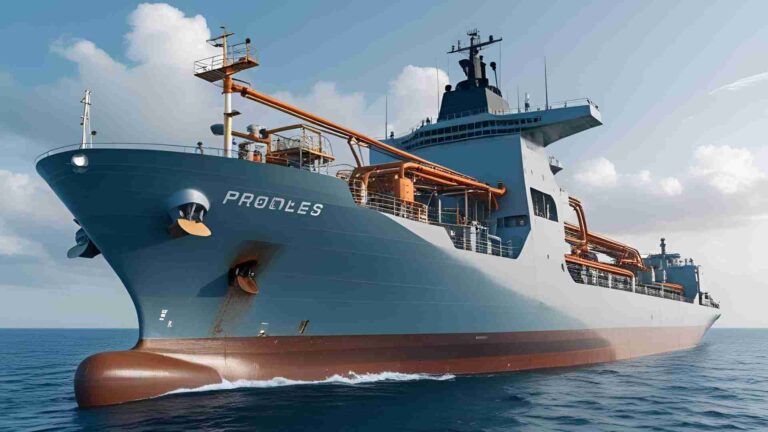What is Carbon Offset Shipping?
Discover carbon offset shipping: a sustainable solution to neutralize emissions in maritime transport through verified carbon reduction projects.
The maritime industry is a cornerstone of global trade, responsible for transporting over 80% of the world’s goods by volume. However, it also contributes significantly to global greenhouse gas (GHG) emissions, accounting for approximately 3% of global CO₂ emissions, equivalent to around 1 billion metric tons annually. As climate change intensifies, the pressure to decarbonize shipping has grown, with the International Maritime Organization (IMO) setting ambitious targets to reduce emissions by 20-30% by 2030, 70-80% by 2040, and achieve net-zero emissions by 2050. Carbon offset shipping has emerged as a critical strategy to address these emissions, offering a practical way for companies to mitigate their environmental impact while transitioning to sustainable practices.
This comprehensive guide explores carbon offset shipping, its mechanisms, benefits, challenges, and its role in the broader context of maritime decarbonization. We will delve into how it works, real-world applications, emerging technologies, and the future of sustainable shipping, supported by data and visual aids to enhance understanding.
What is Carbon Offset Shipping?
Carbon offset shipping is a process through which shipping companies compensate for the CO₂ and other greenhouse gas emissions produced during the transportation of goods by investing in projects that reduce or remove an equivalent amount of emissions from the atmosphere. These projects include renewable energy initiatives, reforestation efforts, methane capture programs, and ocean-based carbon sequestration. The goal is to achieve a net-zero carbon footprint for specific shipments or entire shipping operations.
Key Components of Carbon Offset Shipping
- Emission Calculation: Companies assess the carbon footprint of their shipping activities, considering factors like fuel type, distance traveled, cargo weight, and mode of transport (e.g., container ships, bulk carriers).
- Offset Project Selection: Firms choose projects that align with their sustainability goals, such as wind farms, solar energy plants, or forest preservation initiatives.
- Carbon Credit Purchase: Each carbon credit represents one metric ton of CO₂-equivalent (CO₂e) emissions reduced or removed. Companies purchase credits to match their emissions.
- Verification and Transparency: Projects are certified by recognized standards like the Verified Carbon Standard (VCS) or Gold Standard to ensure legitimacy and accountability.
Understanding CO₂-Equivalent (CO₂e)
CO₂e is a metric that standardizes the global warming potential (GWP) of various greenhouse gases. For example:
- CO₂ has a GWP of 1.
- Methane (CH₄) has a GWP of approximately 25, meaning 1 pound of methane equates to 25 pounds of CO₂e.
- Nitrous oxide (N₂O) has a GWP of around 298.
This metric allows companies to quantify and offset emissions accurately, accounting for the varying impacts of different gases.
How Carbon Offset Shipping Works
The process of carbon offset shipping is systematic and involves several steps to ensure emissions are accurately measured and offset. Below is a detailed breakdown of the process, illustrated with a flowchart.

- Calculating Emissions: Companies use emission calculators to quantify CO₂e emissions based on fuel consumption, shipping distance, and cargo weight. For example, a container ship traveling 5,000 nautical miles may emit approximately 0.02 metric tons of CO₂ per ton of cargo per 1,000 miles, depending on the vessel’s efficiency.
- Choosing Offset Projects: Projects are selected based on alignment with corporate values and environmental impact. Common projects include:
- Renewable Energy: Wind, solar, or hydropower projects that displace fossil fuel-based energy.
- Reforestation: Planting trees to sequester CO₂ in biomass.
- Methane Capture: Capturing methane from landfills or agricultural operations to prevent its release.
- Blue Carbon: Enhancing oceanic ecosystems like mangroves or seagrasses to absorb CO₂.
- Purchasing Carbon Credits: Credits are bought from certified providers. For instance, offsetting 1,000 metric tons of CO₂ requires purchasing 1,000 carbon credits.
- Verification and Transparency: Third-party organizations verify that projects deliver promised reductions. Certification ensures additionality (projects wouldn’t occur without offset funding) and permanence (reductions are long-lasting).
Example: Emissions Calculation
Consider a shipment of 10,000 metric tons of cargo transported 10,000 nautical miles by a container ship:
- Fuel consumption: 0.1 kg of fuel per ton-mile.
- CO₂ emission factor: 3.1 kg CO₂ per kg of fuel.
- Total emissions = 10,000 tons × 10,000 miles × 0.1 kg/ton-mile × 3.1 kg CO₂/kg = 31,000 metric tons of CO₂.
To offset this, the company would purchase 31,000 carbon credits, funding projects that reduce or remove 31,000 metric tons of CO₂e.
Benefits of Carbon Offset Shipping
Carbon offset shipping offers multiple advantages, making it a compelling strategy for maritime companies aiming to enhance sustainability.
1. Environmental Responsibility
By neutralizing emissions, companies contribute to global climate goals, such as those outlined in the Paris Agreement and the IMO’s decarbonization strategy. This aligns with increasing regulatory and consumer expectations for sustainable practices.
2. Reduced Carbon Footprint
Offsetting enables companies to achieve a net-zero carbon footprint for their shipping operations, addressing emissions that cannot yet be eliminated through technology or operational changes.
3. Enhanced Brand Image
Consumers increasingly prefer brands with strong environmental credentials. Carbon offset shipping demonstrates a commitment to sustainability, attracting eco-conscious customers and investors.
4. Financial Incentives
Some regions offer tax breaks or subsidies for companies implementing carbon offset programs. Additionally, carbon credits are often more cost-effective than investing in new technologies immediately.
5. Support for Innovation
Funds from carbon credits drive investment in renewable energy, carbon capture, and other innovative solutions, accelerating the transition to a low-carbon economy.
Table: Benefits of Carbon Offset Shipping
| Benefit | Description |
|---|---|
| Environmental Responsibility | Contributes to global climate goals and regulatory compliance. |
| Reduced Carbon Footprint | Neutralizes emissions, achieving net-zero for specific operations. |
| Enhanced Brand Image | Attracts eco-conscious consumers and stakeholders. |
| Financial Incentives | Potential tax breaks or subsidies in certain regions. |
| Support for Innovation | Funds renewable energy, carbon capture, and other sustainable projects. |
Challenges of Carbon Offset Shipping
While carbon offset shipping is valuable, it faces several challenges that must be addressed to ensure its effectiveness.
1. Not a Long-Term Solution
Offsetting does not reduce emissions at the source. It is a complementary measure, not a substitute for adopting zero-carbon technologies like alternative fuels or energy-efficient systems.
2. Verification Concerns
The credibility of offset projects depends on rigorous verification. Greenwashing—where projects overstate their impact—can undermine trust. Certifications like VCS and Gold Standard mitigate this risk but require careful selection.
3. Cost Implications
Purchasing carbon credits adds to operational costs. For example, carbon credits typically cost $5-$20 per metric ton of CO₂e, depending on the project type and market conditions. For a company emitting 100,000 tons of CO₂ annually, this could mean an additional $500,000-$2 million in costs.
4. Lack of Global Standards
The maritime industry lacks universal standards for carbon offsets, leading to inconsistencies in how offsets are measured, reported, and verified across regions.
Table: Challenges of Carbon Offset Shipping
| Challenge | Description |
|---|---|
| Not a Long-Term Solution | Does not eliminate emissions at the source; complementary to direct reductions. |
| Verification Concerns | Risk of greenwashing; requires rigorous third-party certification. |
| Cost Implications | Adds to operational costs, potentially passed to consumers. |
| Lack of Global Standards | Inconsistent regulations and verification processes across regions. |
Carbon Offsetting vs. Carbon Reduction
Carbon offsetting and carbon reduction are complementary strategies. Reduction focuses on minimizing emissions through:
- Alternative Fuels: Liquefied natural gas (LNG), biofuels, ammonia, or hydrogen.
- Energy Efficiency: Optimized hull designs, air lubrication systems, or slow steaming.
- Wind-Assisted Propulsion: Sails, kites, or rotors to reduce fuel consumption.
Offsetting, on the other hand, compensates for unavoidable emissions by funding equivalent reductions elsewhere. Both are essential, but long-term sustainability requires prioritizing emission reductions at the source.
Carbon Offset Shipping in Practice
Several leading shipping companies have integrated carbon offset programs into their operations, showcasing practical applications.
1. Maersk
Maersk, a global leader in container shipping, offers customers the option to offset emissions through verified carbon credits. For example, customers can pay a premium to neutralize emissions from specific shipments, with funds directed to renewable energy or reforestation projects.
2. Kuehne + Nagel
This logistics provider has a carbon offset program for sea freight, investing in projects like wind farms and methane capture. The company also provides clients with detailed emissions reports for transparency.
3. CMA CGM
CMA CGM offers a carbon offset program alongside options like biofuels, which can reduce emissions by up to 84%. The company also supports blue carbon projects, such as mangrove restoration, to enhance oceanic carbon sequestration.
Case Study: CMA CGM’s Biofuel Initiative
CMA CGM’s biofuel program uses sustainable biofuels derived from waste oils, reducing CO₂ emissions by 84% compared to traditional bunker fuel. Combined with carbon offsetting, this approach allows customers to achieve near-carbon-neutral shipments.
Emerging Technologies in Sustainable Shipping
While carbon offsetting is a valuable tool, the maritime industry is investing in technologies to reduce emissions at the source. These include:
1. Alternative Fuels
- LNG: Reduces CO₂ emissions by 20-25% compared to heavy fuel oil but has methane slip concerns.
- Biofuels: Can reduce emissions by up to 90% when sourced sustainably.
- Ammonia/Hydrogen: Zero-carbon fuels under development, with pilot projects underway.
2. Wind-Assisted Propulsion
Modern sails, kites, and Flettner rotors use wind energy to reduce fuel consumption by 5-20%, depending on the system and route.
3. Energy-Efficient Technologies
- Air Lubrication: Creates a layer of air bubbles under the hull to reduce friction, cutting fuel use by up to 10%.
- Hull Optimization: Streamlined designs reduce drag and improve efficiency.
- Smart Navigation: AI-driven route optimization minimizes fuel consumption.
Chart: Emission Reduction Potential of Technologies
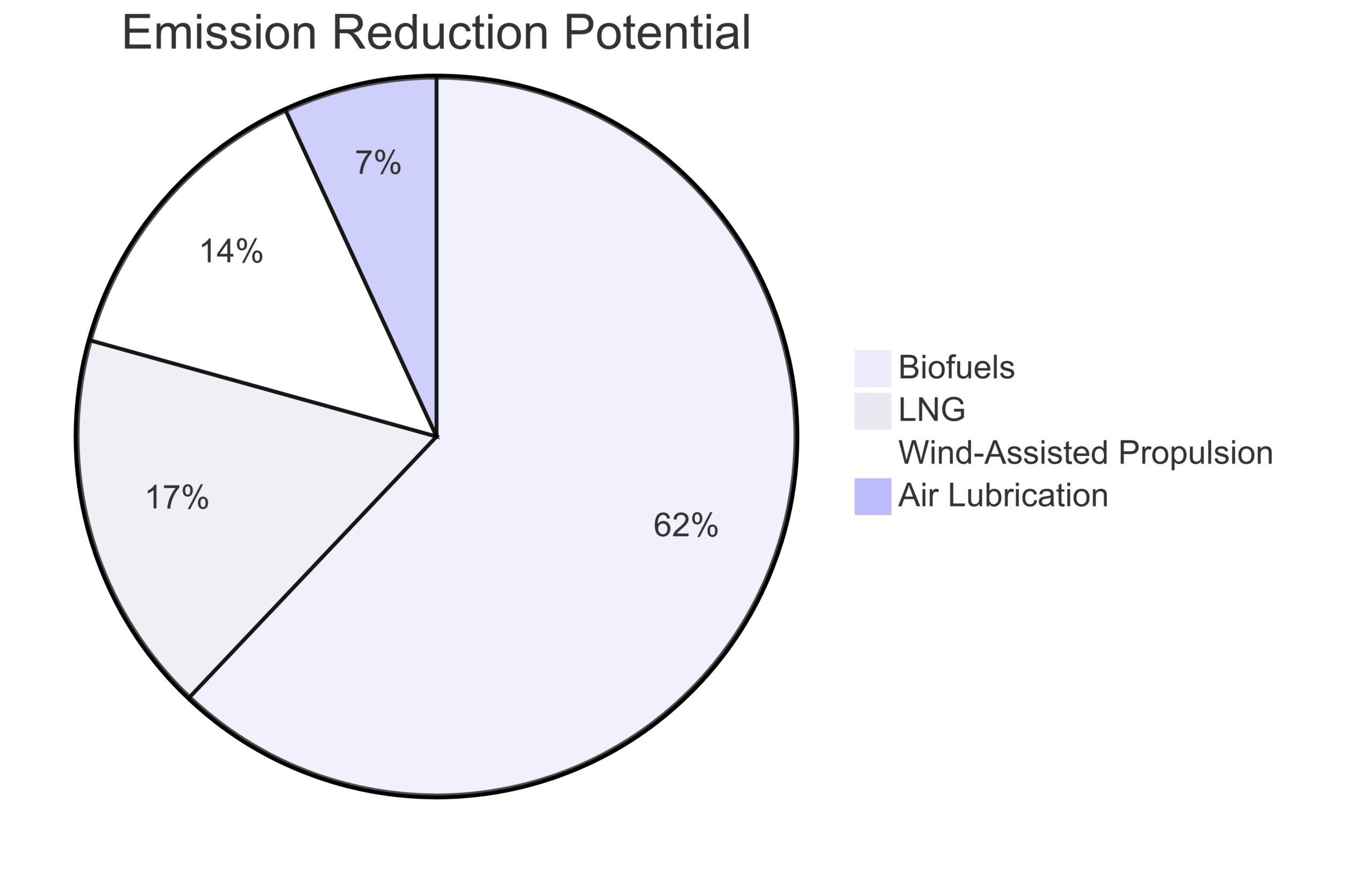
The Future of Carbon Offset Shipping
The future of carbon offset shipping lies in its integration with broader decarbonization efforts. As consumer demand for sustainable practices grows, more companies will adopt offsetting as part of their environmental strategies. However, the industry must focus on:
- Scaling Zero-Carbon Technologies: Investments in ammonia, hydrogen, and electrification will reduce reliance on offsets.
- Regulatory Support: The IMO’s Carbon Intensity Indicator (CII) and Energy Efficiency Existing Ship Index (EEXI) will drive compliance and innovation.
- Consumer Engagement: Companies can offer customers options to contribute to offsets, fostering shared responsibility.
Consumer Role
Consumers can support carbon offset shipping by choosing companies with robust sustainability programs. Some firms allow customers to offset emissions for their orders, enhancing transparency and engagement.
Conclusion
Carbon offset shipping is a vital tool for the maritime industry to address its environmental impact while transitioning to a sustainable future. By compensating for emissions through certified projects, companies can align with global climate goals, enhance their brand image, and support innovative solutions. However, offsetting is not a standalone solution. The industry must prioritize emission reductions through alternative fuels, energy-efficient technologies, and regulatory compliance to achieve the IMO’s net-zero target by 2050.
As the maritime sector navigates this transition, carbon offset shipping will serve as a bridge, enabling immediate action while long-term solutions are scaled. By combining offsetting with direct reductions, the industry can create a sustainable framework for global trade, ensuring a healthier planet for future generations.
Happy Boating!
Share What is Carbon Offset Shipping? with your friends and leave a comment below with your thoughts.
Read Carbon Intensity Indicator (CII): Insights & support until we meet in the next article.
